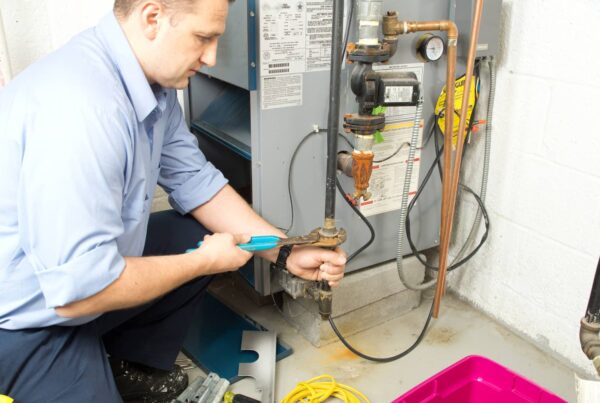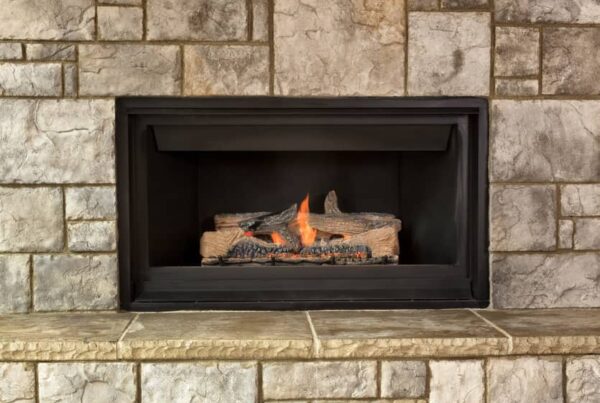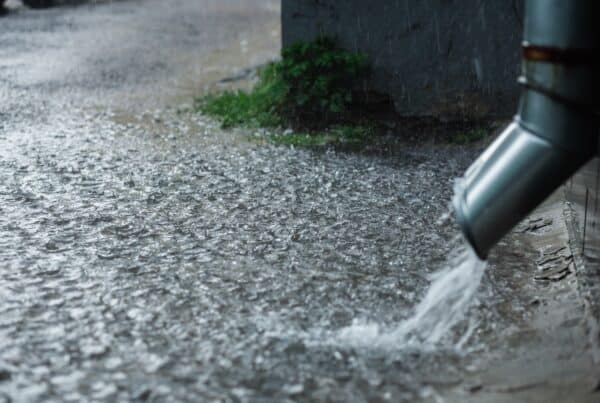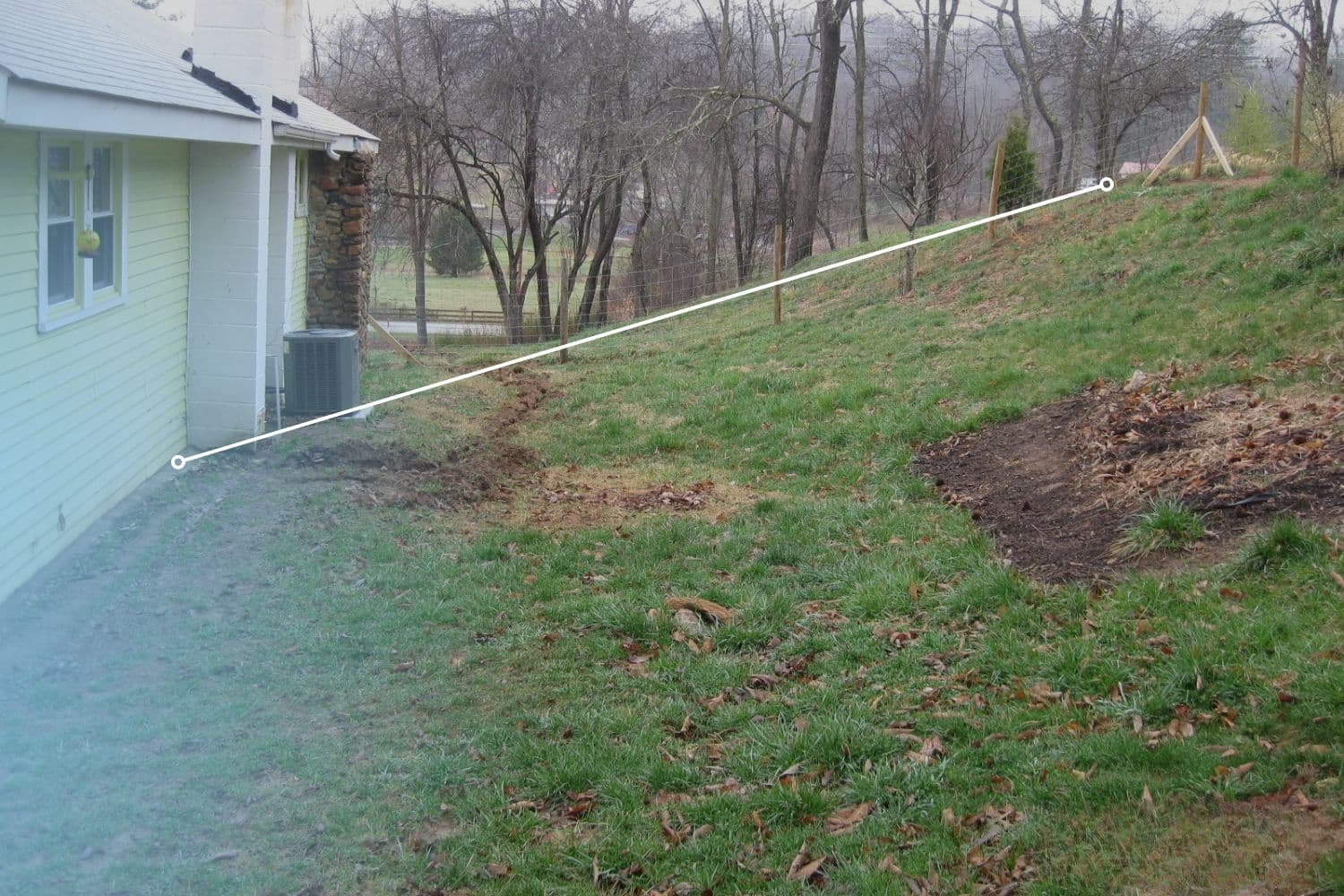
If you’ve noticed water pooling near your foundation after a storm, the problem might not be your roof or gutters. It could be your yard. Negative grading is one of the most common causes of water damage around homes
That’s especially in areas like Houston where heavy rainfall and expansive clay soil are a dangerous mix. In fact, according to FEMA, 85% of all home damage claims involve water intrusion, and poor grading is a frequent contributor.
In this guide, we’ll explain what negative grading is, how to check your home for it, and what steps you can take to fix the issue before it leads to expensive damage.
What Is Negative Grading?
Grading refers to the slope of the ground around your home. Ideally, the land should slope away from your foundation, allowing water to drain out and away after a storm.
Negative grading means the opposite. Instead of draining properly, water flows toward the house and pools near the base of the foundation.
Common causes of negative grading include:
- Poor construction or landscaping practices
- Soil settling over time
- Erosion from rainfall
- Changes made by the homeowner without proper slope planning
Over time, this can cause water to seep into your crawlspace or foundation, leading to structural damage, wood rot, mold growth, and pest problems.
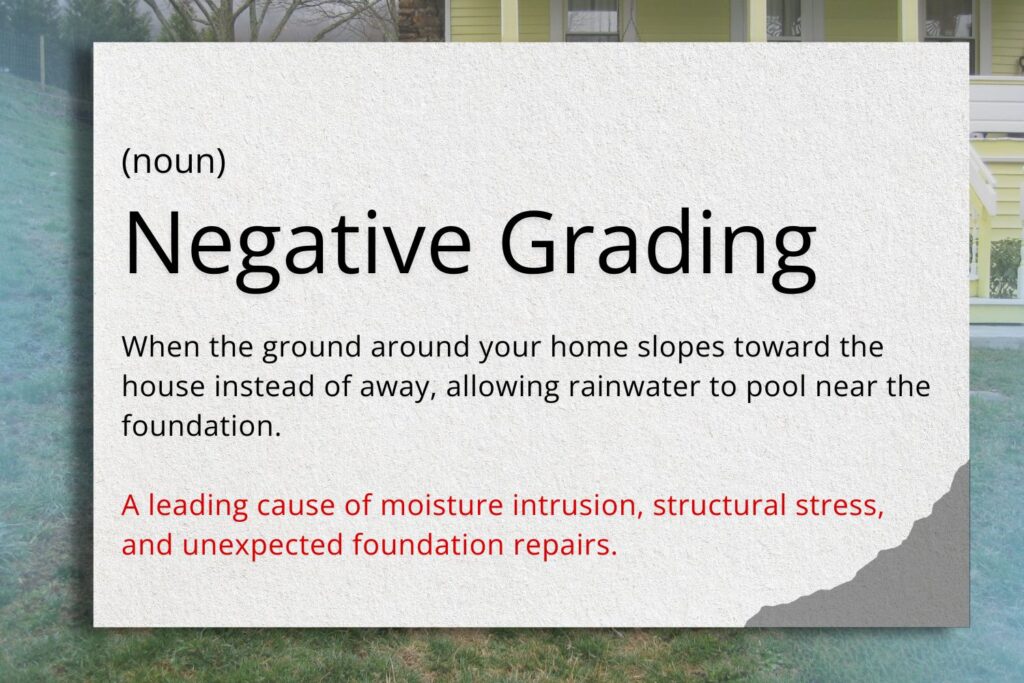
Signs of a Grading Problem
Not all grading issues are obvious right away. But there are warning signs you can look for, especially after heavy rain:
- Puddles that collect near the home’s exterior walls
- Soil that appears sunken or uneven around the foundation
- Gaps between the soil and the side of the house
- Damp or musty smells in lower levels of the home
- Water stains along interior baseboards or walls
- Cracking or bowing in foundation walls
- Uneven or shifting patios, driveways, or sidewalks
According to ASHI, moisture intrusion from improper grading is one of the top five most common issues flagged during foundation inspections.
How to Check for Negative Grading
You can do a basic grading check with a level and tape measure. Here’s how:
- Start 6 to 10 feet out from your foundation
- Place a straight board or level between the foundation and that point
- Measure the vertical drop from the board to the ground
You should see about a 6-inch drop over the first 10 feet. If the ground is flat or slopes upward toward the house, it’s time to take action.
Pay extra attention to areas under roof valleys, near downspouts, and beside hardscaping features like patios or flower beds.
How to Fix Negative Grading
There are several ways to correct negative grading. Some are simple and inexpensive. Others may require the help of a professional.
1. Regrade With Fill Dirt
Add fill dirt (not topsoil) around the foundation to create a slope that guides water away from the house. Make sure to tamp it down to prevent settling. Once the slope is set, you can add topsoil and plant grass or mulch on top.
2. Extend Your Downspouts
Downspouts that end too close to the home can cause water to pool, even with proper grading. Use downspout extenders or drainage pipes to move water at least 6 feet away from the foundation.
3. Install a French Drain or Swale
If water still collects near the home, a French drain or shallow swale can help redirect it. These systems guide runoff away from the home and require proper slope and materials to work effectively.
4. Reshape Landscaping
Raised flower beds or improperly installed hardscaping can block water flow and create drainage problems. Reshaping or relocating these features may be necessary to allow proper runoff.
5. Improve Soil Conditions
In some areas, clay-heavy soil can contribute to grading problems. Loosening the soil, adding gravel, or installing a drainage mat can help improve water movement below the surface.
Related Questions and Answers
Can negative grading cause foundation problems?
Yes. When water consistently pools near the foundation, it can cause the soil to expand and contract, putting pressure on the foundation walls. Over time, this leads to cracking, shifting, and moisture penetration.
Is poor grading a red flag during a home inspection?
Absolutely. Home inspectors often check grading as part of a full exterior inspection. Improper slope is a common cause of basement and crawlspace moisture issues, so it’s something we always document and explain during inspections.
What is the safest slope for proper grading?
The general rule is a slope of 6 inches for every 10 feet away from the home. This is enough to move rainwater away from the structure without causing erosion or creating a tripping hazard in the yard.
How long does regrading take?
Minor grading can often be completed in a day or two. Larger drainage projects or yard reshaping may take longer, especially if hardscaping or French drains are involved. Many homeowners combine grading work with other landscaping improvements.
When to Call a Professional
If you’ve spotted signs of poor grading but aren’t sure how serious the problem is, a home inspection can give you answers.
All Coast Home Inspections offers detailed foundation and drainage evaluations as part of our full home inspection service. We identify grading problems, check for signs of water damage, and evaluate whether your foundation is at risk.
Our inspectors understand the unique soil conditions in Houston and know what red flags to look for before water damage turns into major repair bills. We can also point you toward professional solutions if grading repairs are needed.
In one 2023 survey by the Foundation Repair Association, over 55% of foundation repair jobs started with unnoticed water pooling or improper drainage.
A simple inspection could be what helps you avoid becoming part of that statistic.
Conclusion
Negative grading might seem like a landscaping issue, but it can lead to serious problems under your home. Water damage, soil movement, and foundation stress often begin with improper drainage.
If you live in the Houston area and suspect grading issues, don’t wait. Schedule a home inspection with All Coast Home Inspections. We’ll give you a full assessment and help you protect your home from future water-related damage.

